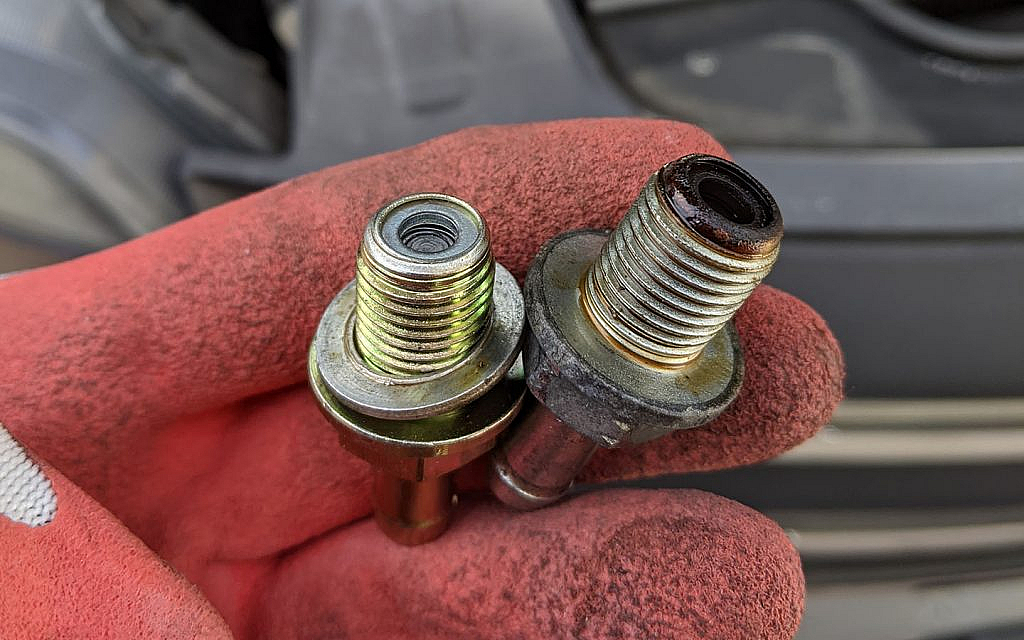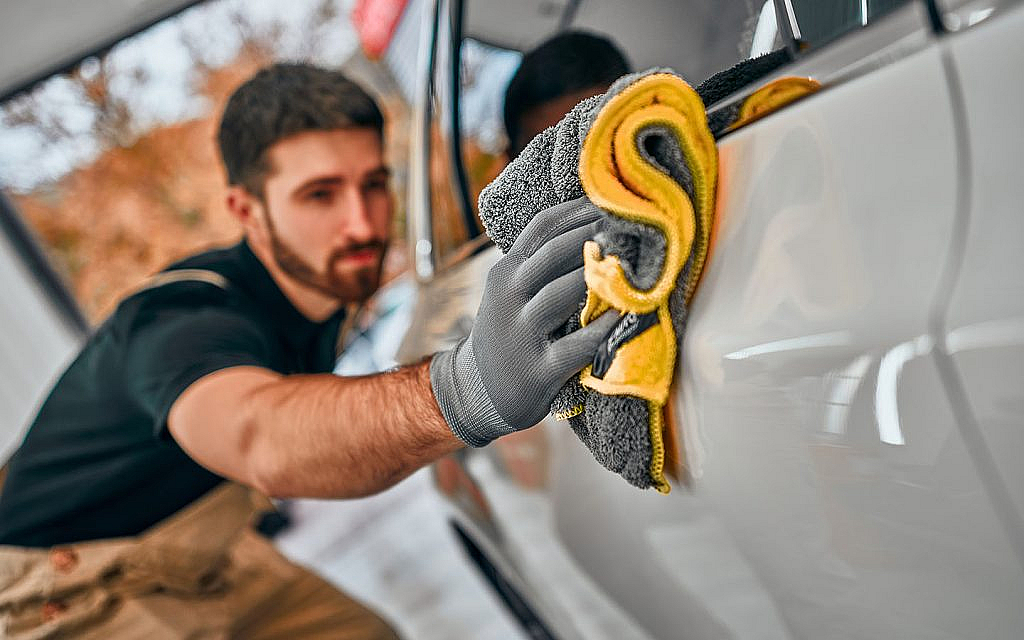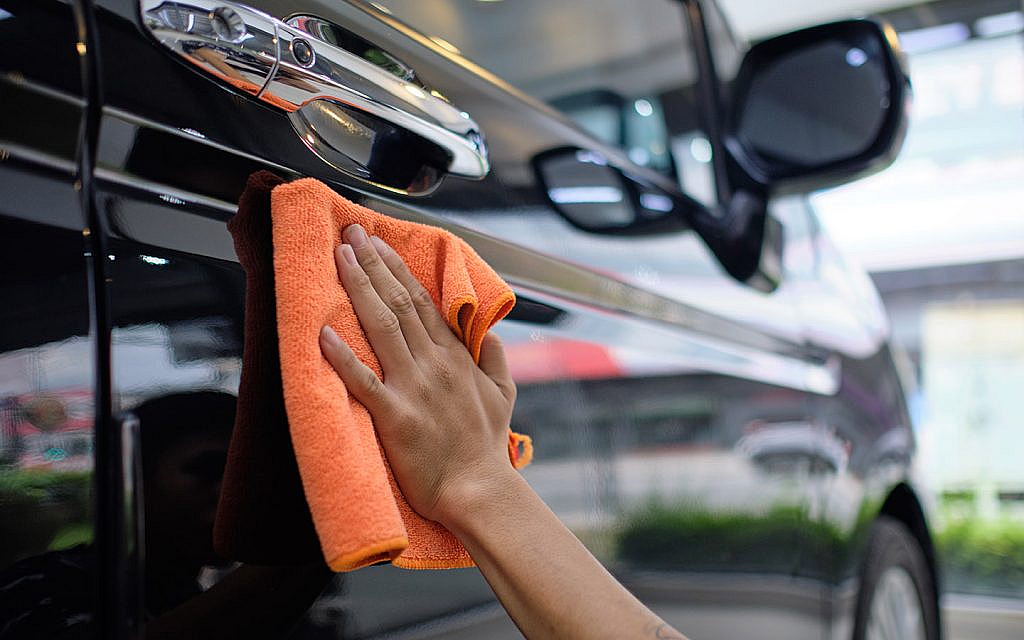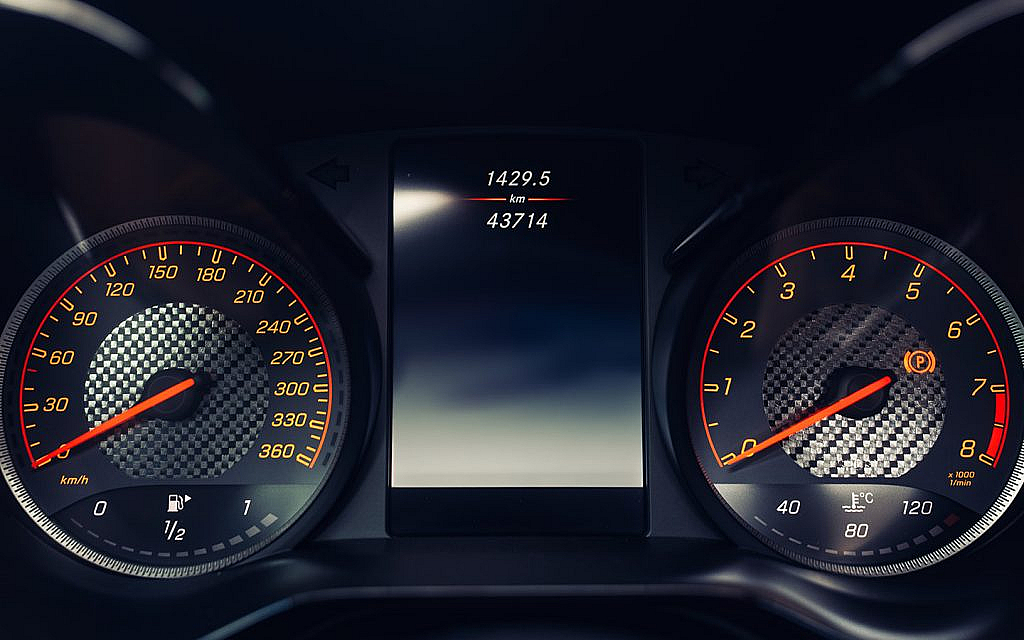Battery Testing Basics – Key Pointers for Significant Progress

- How to test a car battery
- Car battery testing instructions
- Car batter testing tips
- FAQs
Batteries wear over time. However, regular car battery testing helps identify potential issues before they become critical. A weak or failing battery can lead to unexpected breakdowns, leaving you stranded in inconvenient or even unsafe situations. By detecting battery problems early, you can replace the battery before it fails. Let’s go through some effective ways and tips for car battery testing.
How to Test a Car Battery

The average life of regular car batteries is about three to five years. However, testing a car battery is important to figure out if the battery or alternator has gone bad. A car battery can be tested via three basic tests. Let’s go through them in detail:
Voltage Check: A simple way to check your car battery’s performance is by using a voltmeter. A fully charged battery should read around 12.6 to 12.8 volts. Anything significantly lower might indicate a weak battery.
Load Test: This test assesses the battery’s ability to hold a charge under load. It involves using a specialised load tester. If the voltage drops below an acceptable level while the load is applied, it might be time to replace the car battery.
Hydrometer Test (for Conventional Batteries): If you have a conventional battery with removable caps, a hydrometer can measure the specific gravity of the battery’s electrolyte. This helps determine its charge level and overall health.
You can also check the car battery’s performance with these tests.
Car Battery Testing Instructions

Before starting the testing process, make sure you go through important car battery testing instructions.
Safety First: Always prioritise safety. Wear protective eyewear and gloves. Work in a well-ventilated area when testing your car battery to avoid inhaling any fumes. Make sure the vehicle’s engine and ignition are turned off during the testing process.
Testing Tools: Gather the necessary tools, which usually include a digital multimeter or a dedicated battery tester. These tools help measure voltage, conductance and other battery parameters.
Voltage Check: Begin by measuring the battery voltage using a multimeter.
Load Test: Perform a load test to assess the battery’s ability to deliver power under load.
Electrolyte Inspection: For batteries with removable caps, check the electrolyte level. Make sure it covers the battery plates. If it’s low, add distilled water to the appropriate level. However, many modern batteries are maintenance-free, so this step might not apply.
Terminal and Cable Inspection: Examine battery terminals and cables for corrosion, loose connections, or frayed wires. Clean terminals if necessary, ensuring a good connection. Here is a guide to cleaning corroded car battery terminals for better performance.
Charging System Test: A failing charging system can cause battery issues. Check the alternator’s voltage output using a multimeter. It should read around 13.8 to 14.4 volts when the engine is running. If your car battery is not charging, go through these common causes and fixes.
Battery Replacement: If the battery fails any of the tests or exhibits signs of weakness, it’s advisable to replace it. A battery with diminishing performance can lead to various electrical and starting problems. If you are looking to buy a replacement, go through this list of car batteries for sale in the UAE.
Record Keeping: Keep a record of battery test results and maintenance activities. This helps track the battery’s health over time and assists in future maintenance decisions.
Regular Testing: Perform battery tests regularly, especially before extreme weather conditions or long trips. This proactive approach helps prevent unexpected breakdowns.
Professional Help: If you’re unsure about the testing process or encounter persistent issues, seek professional assistance from a mechanic or auto service centre. Here are some challenging car issues that should be dealt by professionals.
Car Battery Testing Tips

Inspect your car battery on a regular basis. Make it a habit to visually inspect your battery for any signs of corrosion, leaks, or damage. Catching these issues early can prevent more serious problems. Let’s go through some other important car battery testing tips.
Testing in Different Conditions: Test your car battery’s voltage when the engine is off and when it’s running. This can give you insights into the alternator’s performance as well.
Avoid Short Trips: Short trips don’t allow the battery to recharge fully. If you mostly drive short distances, consider using a battery maintainer to keep the battery charged.
Turn Off Electronics: Before turning off your engine, ensure all electronics are turned off. This prevents unnecessary strain on the battery during startup.
Keep Connections Clean: Corroded or loose connections can hamper the battery’s performance. Regularly clean and secure the battery terminals.
Consider Professional Testing: If you’re unsure about testing or notice consistent battery issues, consult a professional mechanic or auto parts store for a more comprehensive assessment.
FAQS
What is car battery testing?
Car battery testing involves the assessment of a vehicle’s battery to determine its current health, charge level and capacity to deliver power. Testing provides insights into the battery’s ability to start the engine, maintain electrical systems and its overall condition.
What are the three basic battery tests?
The three basic car battery tests include the voltage check, load test and hydrometer test for conventional car batteries.
That is all about car battery testing. Testing car batteries is a preventive measure that helps you avoid unexpected breakdowns. Regular testing and maintenance can extend the life of your battery and keep your vehicle running smoothly.
Those planning to buy a used car in the UAE should inspect the car battery and alternator to determine if any repairs or replacements are necessary.
Stay tuned to UAE’s top auto blog for more on car battery solutions, DIYs, repair tips and much more.










































